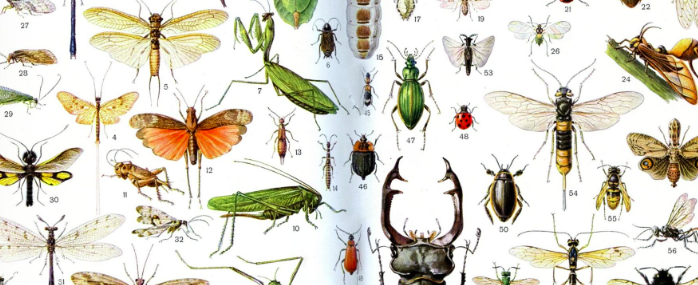
Spread the knowledge
A: Learn to move slowly, without making sudden movements.
Once the insects are spotted, the real detective work begins. What are they doing? What are they busy doing? Among the main behaviors of insects, there are those related to:
- food : eat or look for food;
- locomotion: moving by flying, jumping, walking, swimming;
- communication: showing your colors, emitting smells, dancing like bees do;
- reproduction : look for a mate, do a courtship display, mate, lay eggs;
- defense: to hide, flee or attack an enemy, defend its territory.
Living insects are sometimes caught in order to observe them better. However, it is always best to release them where they were captured after observations are complete.
B: Sharpen your gaze, and even try to “see” differently, looking for very small clues.
C: Stay alert and listen: some insects reveal their presence with a sound or rapid movement.
Are there more or less this year?